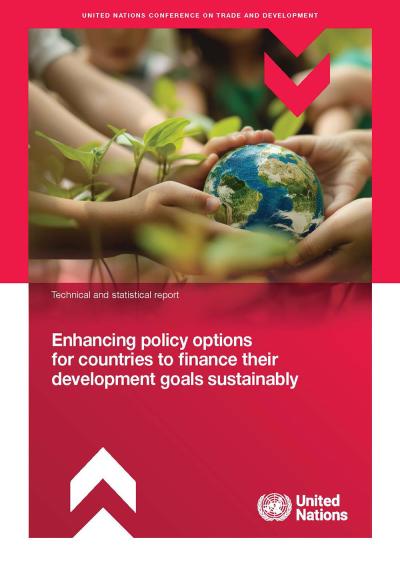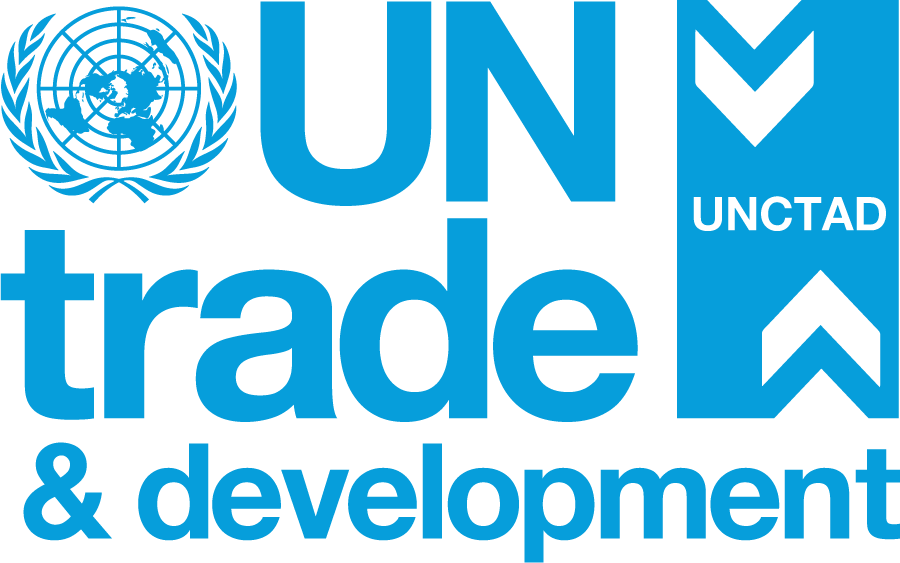
UNCTAD developed the first version of the Sustainable Development Finance Assessment Framework (SDFA Framework Mark I) as a tool for policymakers to assess their country’s development finance needs to achieve the most relevant Sustainable Development Goals (SDGs 1 to 4) while simultaneously ensuring the sustainability of their external and public-sector financial positions.
This report extends this framework to also consider SDG 13: Climate Action, and climate aspects of other SDGs in an SDFA Framework Mark II.
The UNCTAD SDFA Framework proceeds from a demand-led growth regime in which the balance of payments acts as the most important economic constraint to growth and development. Developing countries are likely to have a greater external constraint on growth than developed countries because of their position within the global economy, which is typically characterised by recurring trade deficits that arise from their productive-technological backwardness and subordinated international monetary-financial position.
Consequently, developing countries are often in a position in which they cannot finance their balance of payment deficits in domestic currency, making the availability of foreign exchange a binding constraint.
The SDFA Framework Mark I comprises three main components:
- An assessment of external financial sustainability that considers the cost of servicing a country’s net external liabilities and the growth in its capacity to generate foreign currency.
- An assessment of public sector financial sustainability that reflects the relationship between changes in public sector net liabilities and the capacity to service them.
- An integrated financial sustainability assessment that incorporates a balance of payments-constrained economic growth model, capturing the interaction between the external and public sector.
The SDFA Framework Mark II developed in this report further incorporates an input-output construct that transforms it into a multisectoral model, allowing for the simulation of possible scenarios for a country’s zero-carbon transition.
It accommodates shifts in the production structure of the economy towards greener economic activities alongside investments in climate adaptation.
It allows users to analyze the interactions between spending on climate mitigation and adaptation (referred to as Climate Action Policies or CAP), the production structure of the economy, the different sources of financing, and external and public sector financial sustainability.
This enables developing countries to assess different policy options to ensure that they can finance their climate-related goals sustainably.
This report was prepared under the UN Development Account project titled “Mobilizing external financial resources beyond COVID-19 for greener, more equal and sustainable development in selected vulnerable SIDS in Africa and Latin America and the Caribbean”.


